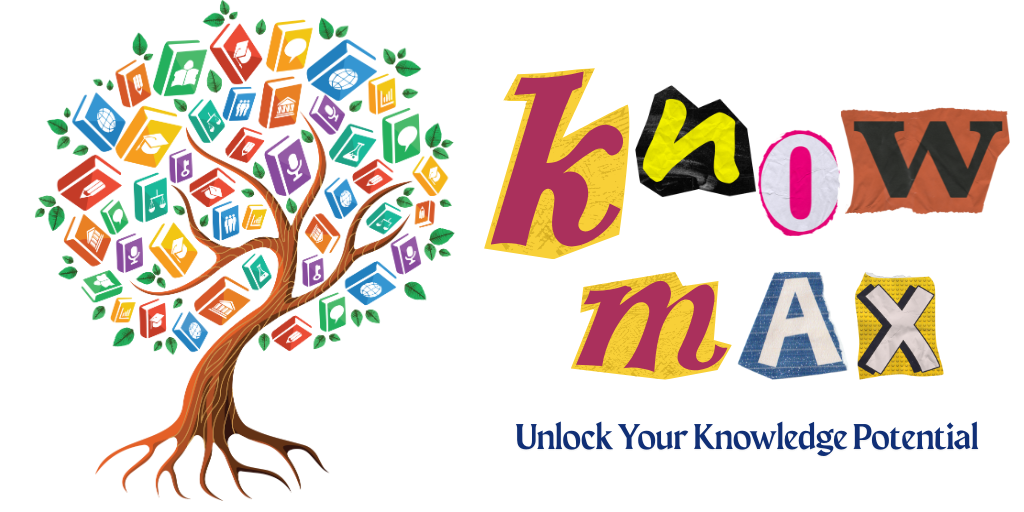In the rapidly evolving landscape of technology, artificial intelligence has emerged as a transformative force, particularly in the realm of coding. As businesses and developers seek innovative solutions, the demand for AI-driven coding tools has surged. This trend has led to the rise of ‘vibe-coding’ applications, which allow users to create software with minimal technical expertise. Recently, a major tech player has entered this space, promising to revolutionize how we approach app development.
Google’s Innovative Approach to Vibe-Coding
Google has unveiled its latest experiment in the form of a vibe-coding application, currently being tested under the name Opal. This tool is accessible to users in the United States through Google Labs, a platform dedicated to exploring new technological advancements. With Opal, Google aims to simplify the app creation process, making it more accessible to a broader audience.
Creating Apps with Ease
Opal empowers users to design mini web applications using simple text prompts. Users can either create new applications from scratch or modify existing ones from a curated gallery. The process is straightforward: by providing a description of the desired app, Opal leverages various Google models to bring the concept to life.
Visual Workflow for Enhanced User Experience
Once an app is generated, users can access an intuitive editor panel that displays a visual representation of the app’s workflow, including input, output, and generation stages. This feature allows users to click on each step to review the prompts that guide the process, offering the flexibility to make adjustments as needed. Additionally, users can enhance their applications by manually adding steps from Opal’s comprehensive toolbar.
Sharing and Collaboration Made Simple
One of the standout features of Opal is its ability to publish applications directly to the web. Users can easily share links to their creations, enabling others to test the apps using their own Google accounts. This collaborative aspect fosters a community of creators who can learn from and inspire one another.
Targeting a Broader Audience
While Google already offers an AI studio for developers to build applications using prompts, Opal’s visual workflow suggests a strategic move to engage a wider audience, including those without extensive coding backgrounds. This aligns with the growing trend of democratizing technology, allowing more individuals to participate in the app development process.
Joining the Competitive Landscape
With the introduction of Opal, Google joins a competitive field of companies, including various startups and established platforms, that are developing tools aimed at empowering non-technical users to create app prototypes effortlessly. This shift reflects a broader movement within the tech industry to make coding more accessible and inclusive.
As the tech world continues to evolve, tools like Opal represent a significant step towards a future where anyone can bring their app ideas to life, regardless of their technical skills.
